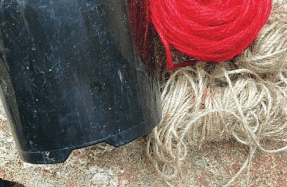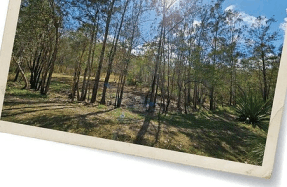
Winter can feel like a bleak, barren time in nature and many gardeners find slim pickings from the patch as we wait for our winter vegies to sweeten with the arrival of frosts. A simple solution to filling the nutrient gap is to turn to foraging. Rather than curse those weeds that crop up between pavers and in dormant vegie beds, why not eat the problem instead? Here are three weeds which are as nutritious as they are common, and really versatile in the kitchen too.
CHICKWEED (STELLARIA MEDIA)
Sometimes referred to as common chickweed, chickenwort, winterweed or starwort, chickweed is a sprawling, bright green plant, with a shallow thin root system, identifiable by its tender pointed oval-shaped leaves which grow on alternating sides of its stems. Those stems feature a ‘mohawk’ of soft, curved hairs along one side and a sturdy central vein which exudes a small amount of clear sap when broken. Odourless flowers with five deeply-lobed






